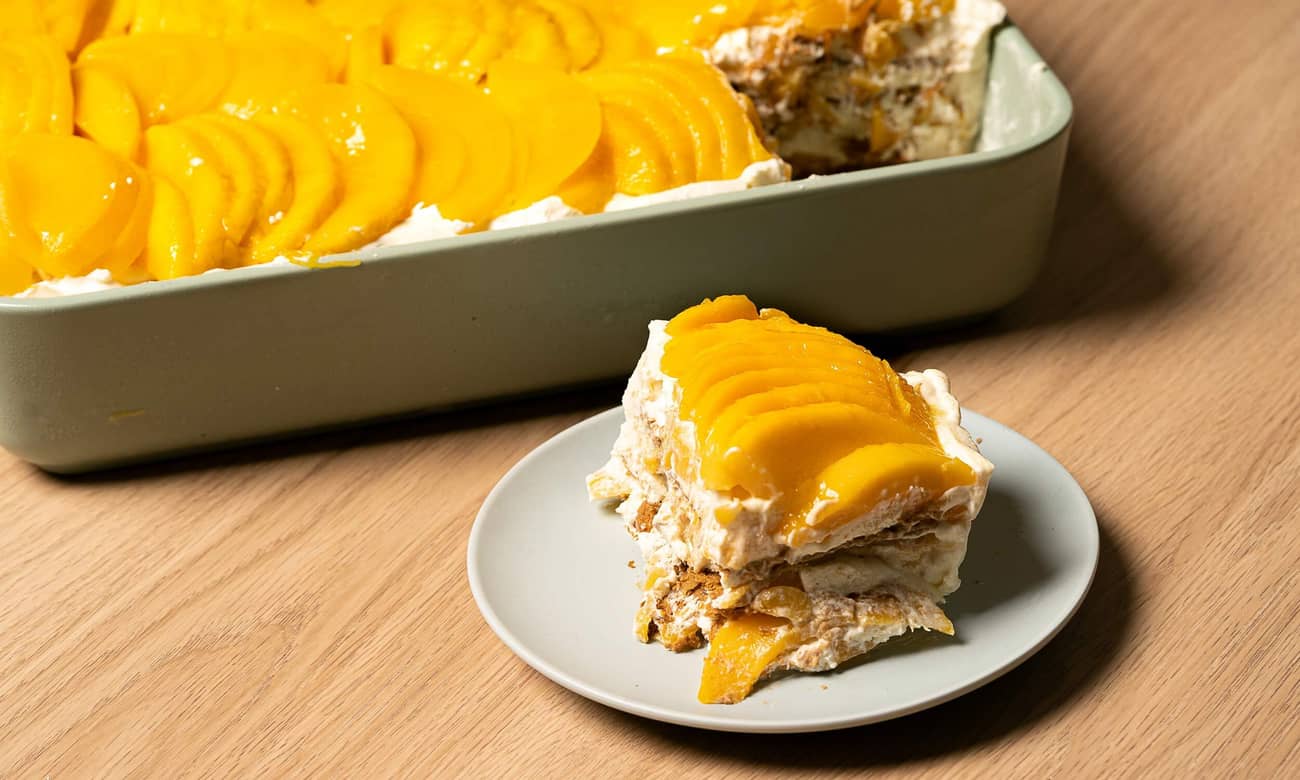
Mango Sago
Mango sago, a dessert enjoyed across Asia, combines ripe mangoes and bouncy sago in a bowl of creamy, mango-blended milk.
Mango sago is shared by many Asian countries, which could say something about the universal appeal of a ripe, juicy mango. Especially at peak sweetness? Irresistible.
To make mango sago, you make a cold mango cream base by blending milk and fresh mangoes. Pour that over cooked sago, and add more fresh mangoes. Simple and easy.
Most Asian recipes use coconut milk to make the base of the mango cream. You can also use something more Filipino: all-purpose cream. Compared to coconut milk, APC has a more neutral flavor, allowing more of the fruit’s natural flavor to shine while adding extra body. Serve it chilled—the colder the better—in small bowls or glasses, with as much cubed fresh mangoes on top.
What is sago?
Sago is a starch made from the pith of sago palm trees, made into small, white pearls for cooking and baking. When cooked, the pearls swell with water, become see-through, and take on a soft, chewy texture. Sago is enjoyed in many Asian desserts, particularly puddings, like mango sago.
In the Philippines, you’ll find sago in sago’t gulaman, ginataan, taho, and even some sticky rice snacks (kakanin).
Sago vs tapioca pearls
Sago and tapioca pearls are both chewy spheres often used in similar ways, but they’re made from different starches. Tapioca pearls are what you usually find in milk tea shops—bigger, darker, and chewier than sago.











